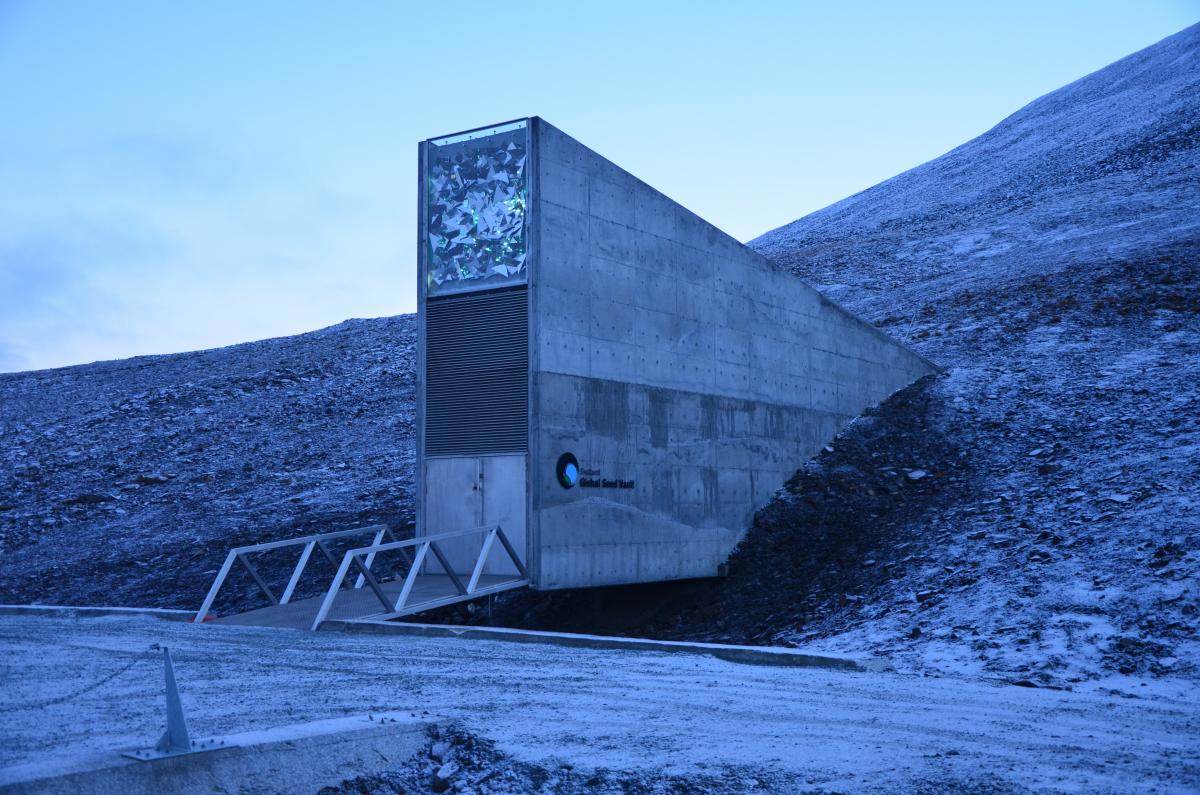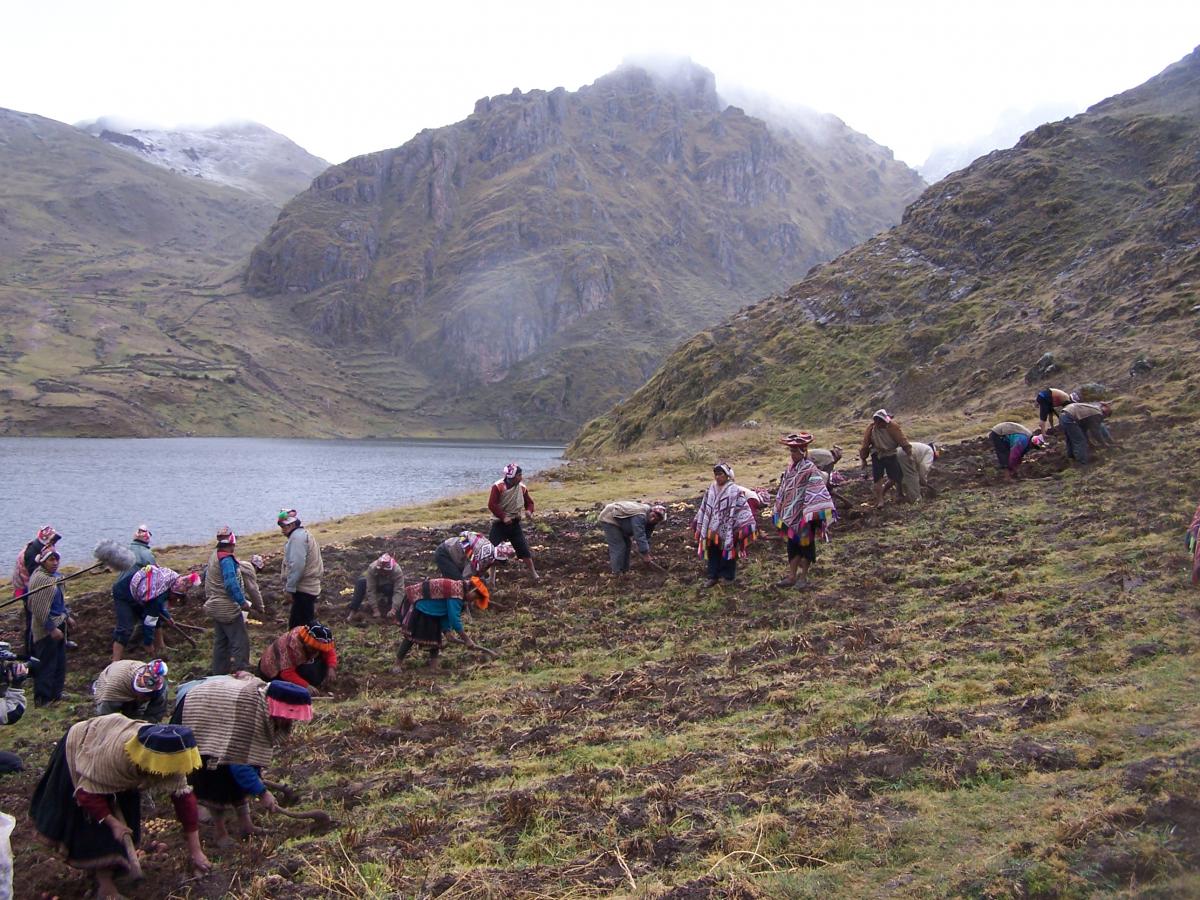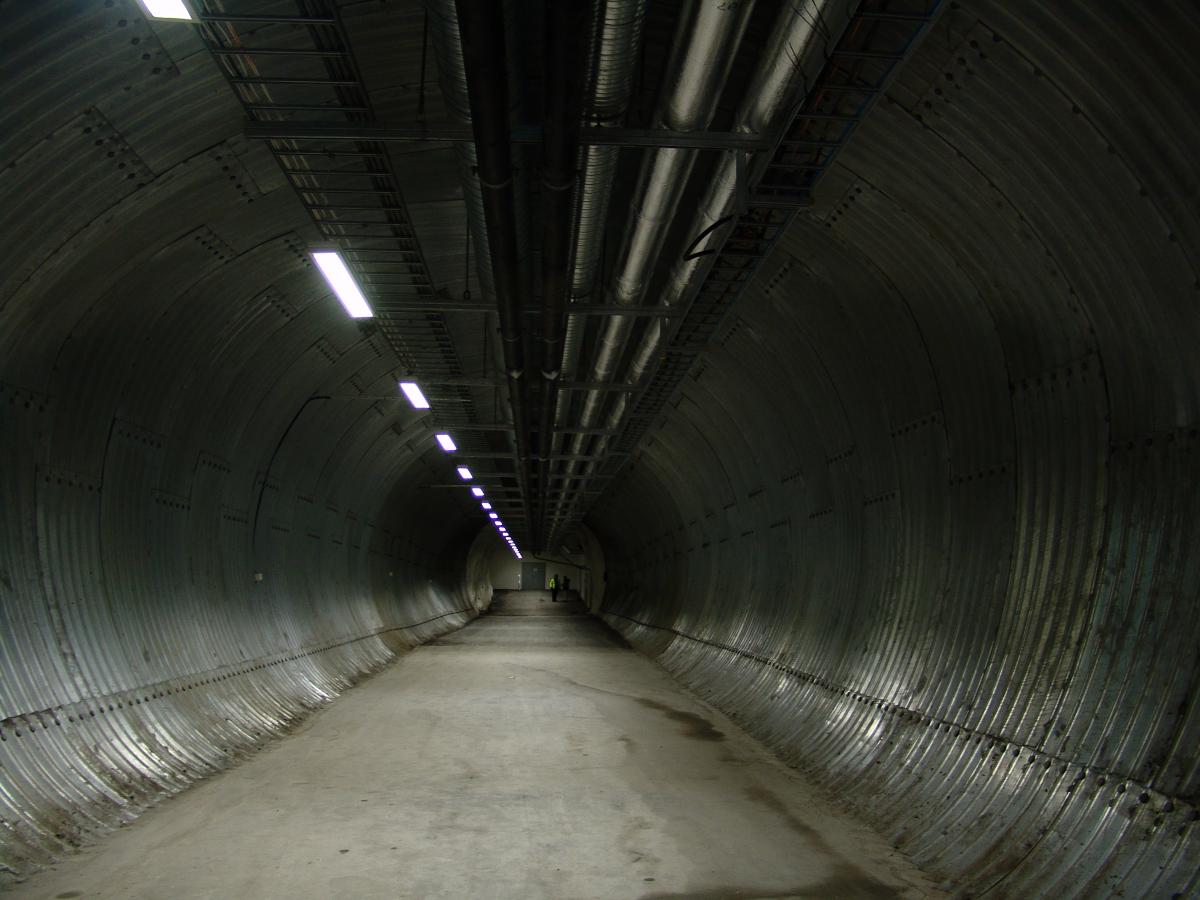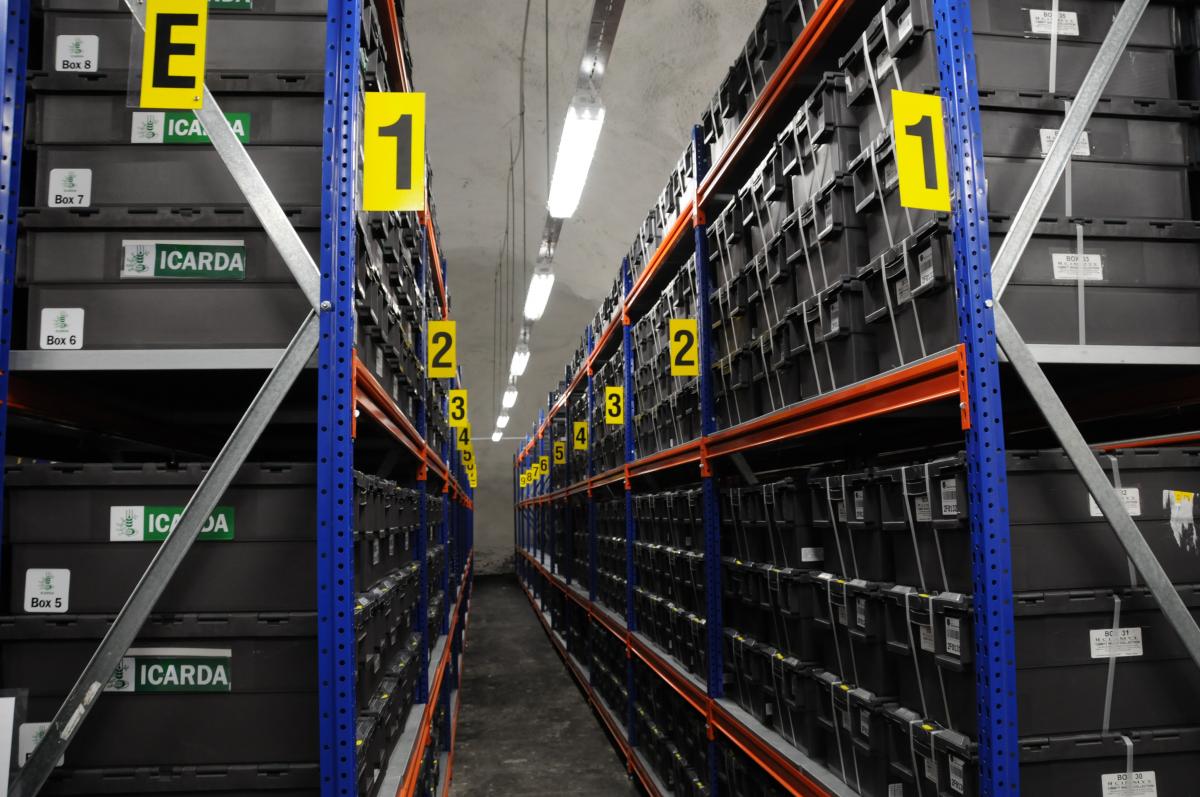Ultimate Backup
An Arctic storehouse holds vital seeds from all over the world, safeguarding them against ecological catastrophe.
Cover photo: Svalbard landscape (Photo: Cary Fowler)
Deep in the Arctic, some 1,300 km (800 mi.) from the North Pole, lies the Norwegian island of Spitsbergen, home to the Svalbard Global Seed Vault. Built by the Norwegian government and operated by the Nordic Genetic Resource Centre and the Global Crop Diversity Trust, the vault is part of an ongoing project to protect vital crop seeds from all over the world in the face of increasing threats to the earth’s biodiversity. Svalbard provides its services free of charge, backing up collections stored in national and institutional seed banks all over the world.

(Photo: Mark Smithgall)
The tectonically stable sandstone of Spitsbergen provides an ideal location for the vault, high enough above sea level to escape flooding, deep enough in the mountain permafrost to provide natural refrigeration in the event of a power failure. Here, seeds from most major food crops can be preserved for hundreds of years, while some seeds, including those of critical grains, could possibly survive millennia.

(Photo: Asociación ANDES)
Half a world away in Peru, the original source of all the world’s potatoes, indigenous farmers are collecting varieties that have been cultivated as food crops for 8,000 years. Although the Andes are home to nearly 3,800 potato varieties, the vast majority of them unknown outside of the region, today that diversity is threatened by shifting market forces, changing climate conditions and increasing risk of pests and disease. To ensure their biocultural heritage, the Andean communities have stored samples of their richly diverse potato lines in the International Potato Centre’s genebank, which is backed up at Svalbard.

(Photo: Mari Tefre / Global Crop Diversity Trust)
One hundred and twenty metres deep in the heart of an icy mountain, the ‘doomsday vault’ is one of the safest structures in the world, designed to withstand a wide range of disasters including asteroid strikes, dramatic climate change, or even nuclear war, offering humanity a chance to restart the growth of food crops that might otherwise be lost. The facility has the capacity to store 4.5 million seed samples, three times the number of distinct seed types thought to exist. Each sample consists of about 500 seeds, making the total capacity of the vault approximately 2.25 billion seeds. There is no permanent staff at the seed bank, but it is continuously monitored using electronic surveillance.

(Photo: Mari Tefre / Global Crop Diversity Trust)
Inside these containers, the seeds are stored in sealed four-ply envelopes. The storage rooms are kept at −18°C (0°F). The low temperature and oxygen-poor environment slow seed ageing dramatically, preserving the seeds’ viability for extended periods. Even so, the seeds have a finite shelf life, so seeds are periodically planted to produce a crop which yields a new batch of seeds for storage. With luck, this cycle will make it possible to re-establish crops obliterated by major disasters or man-made catastrophes, should the need arise.

